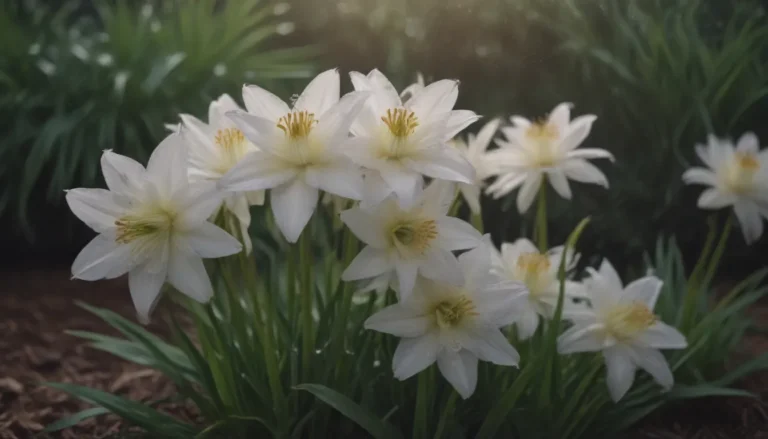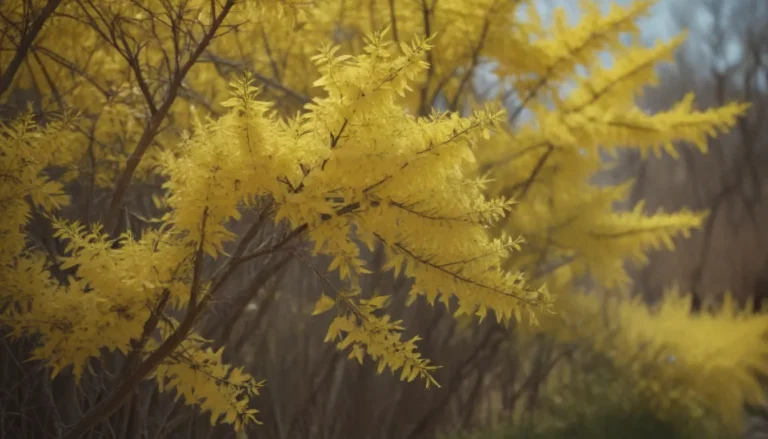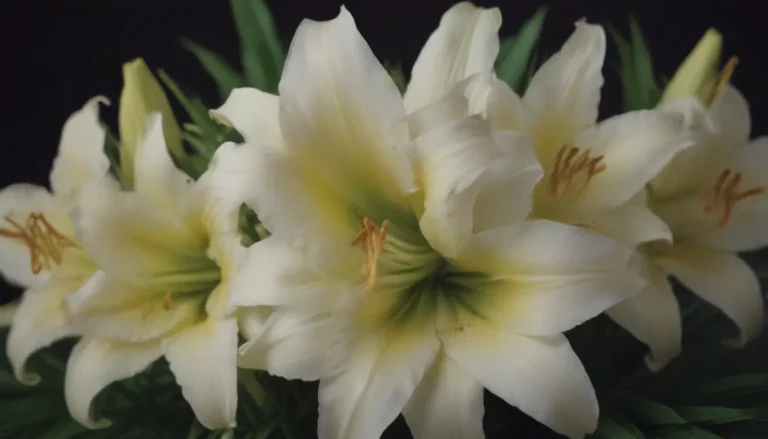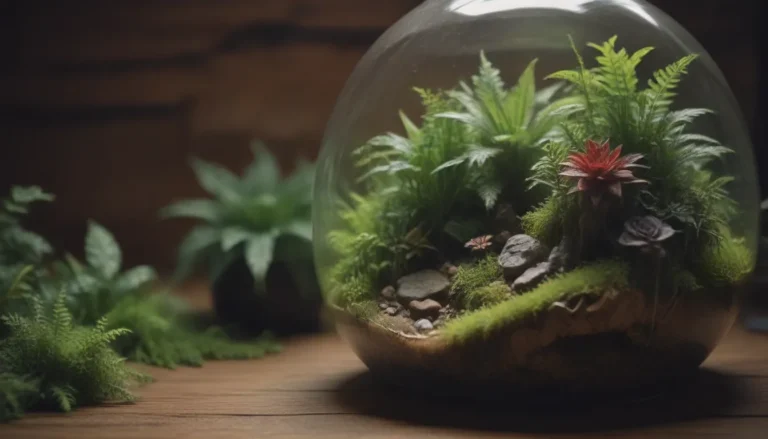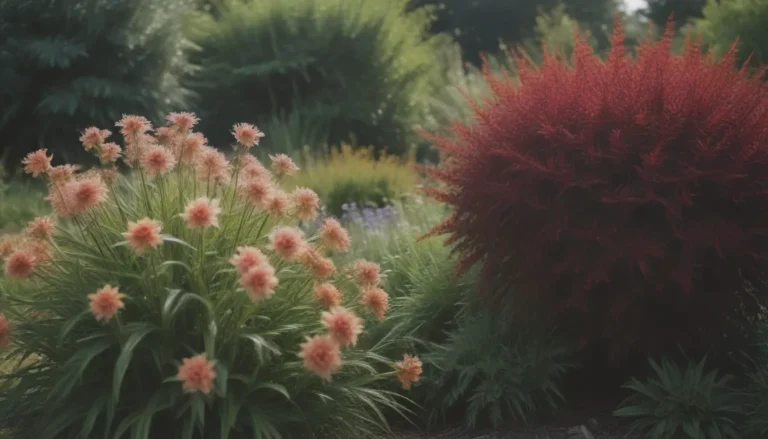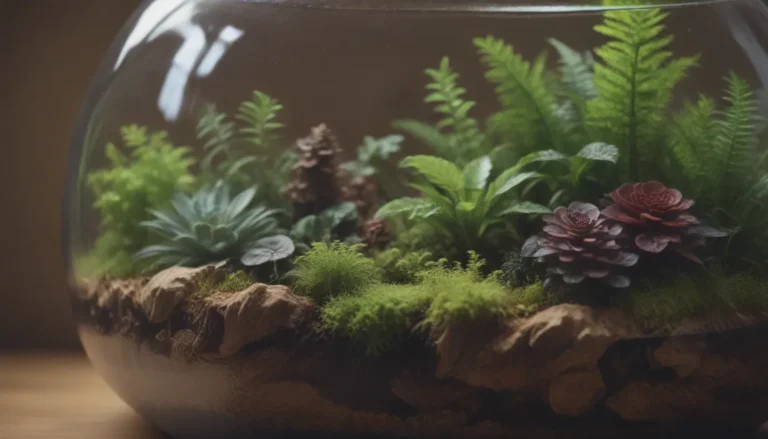Complete Guide: How to Successfully Grow Bleeding Heart Plants Indoors

Are you looking to add a touch of elegance to your indoor space with the beautiful and unique bleeding heart plant? While common bleeding heart plants are typically seen outdoors, it is indeed possible to grow them indoors as well. In this comprehensive guide, we will walk you through all the essential steps and tips to ensure that your bleeding heart plant thrives in an indoor environment. From sunlight and temperature requirements to watering and maintenance, we’ve got you covered!
Understanding the Bleeding Heart Plant
The common bleeding heart plant, scientifically known as Lamprocapnos spectabilis, is a fast-growing spring-blooming perennial that produces arching stems with small, heart-shaped flowers in pink or white. The plant is known for its ornamental foliage and unique bloom structure. While most varieties of bleeding heart plants have green leaves in a basal rosette, there are some variations like ‘Gold Heart’, which feature golden foliage. It’s worth noting that bleeding heart plants contain isoquinoline alkaloids, which can be toxic to humans and pets if ingested.
Can You Grow Bleeding Heart Inside?
Yes, you can successfully grow bleeding heart plants indoors with the right care and attention. While they may not reach their full potential compared to outdoor growth, you can still enjoy the beauty of these plants in your home. Bleeding heart plants prefer partial to full shade, so they don’t require direct sunlight. Additionally, they can thrive in pots as long as you provide them with the proper growing conditions.
How to Grow Bleeding Heart Indoors
Sunlight
- Grow bleeding heart in partial to full shade.
- Aim for around two to six hours of indirect sunlight per day.
- Protect the plant from strong afternoon sun.
Temperature and Humidity
- Maintain a temperature range of 55 to 75 degrees Fahrenheit.
- Keep humidity levels moderate.
- Avoid placing the plant near hot windows or heating vents.
Watering
- Water regularly to keep the soil lightly moist.
- Avoid getting water on the leaves to prevent fungal diseases.
- Provide about 1 inch of water per week, ensuring the soil doesn’t get waterlogged.
Fertilizer
- Feed the plant monthly with a slow-release all-purpose fertilizer.
- Mix the fertilizer into the soil around the base of the plant.
Pruning and Maintenance
- While bleeding heart plants don’t require much pruning, remove any dying foliage for aesthetics.
- Trim dead stems close to the base to encourage new growth.
Container and Size
For optimal growth in a pot, choose a container that is at least 12 inches wide and deep. This will give the plant enough room for its roots to spread out. Any material can work as long as the container has proper drainage holes to prevent waterlogging.
Potting Soil and Drainage
Use a well-draining potting mix with high organic content for your bleeding heart plant. Aim for a slightly acidic to neutral pH level in the soil. Mixing compost or peat moss into the soil before planting can further improve drainage and nutrient retention.
Potting and Repotting Bleeding Heart
- Plant only one bleeding heart per pot to allow ample room for growth.
- With a large enough pot, your plant can thrive for up to four years before needing repotting.
- Signs of a root-bound plant include roots growing out of the soil and through drainage holes.
- Repot in a larger container, maintaining the same planting depth and adding fresh potting mix around the root ball.
Moving Bleeding Heart Outdoors for the Summer
During the warmer months, you can move your bleeding heart plant outdoors to enjoy the fresh air and natural light. However, ensure that the outdoor conditions mimic the plant’s preferred temperature range of 55 to 75 degrees Fahrenheit. Springtime is an ideal time to transition the plant outside, but monitor temperatures to prevent heat stress.
Considerations
- Provide filtered sun to shade outdoors, avoiding direct light.
- Avoid overwatering during rainy weather to prevent waterlogged soil.
- Monitor both daytime and nighttime temperatures to ensure optimal growing conditions.
When to Bring Bleeding Heart Back Inside
- When temperatures exceed the mid-70s or drop below the mid-50s, bring your plant back indoors.
- Check for garden pests before moving the plant back inside.
- Propagate by dividing the roots in early spring and replanting them in suitable conditions indoors.
By following these guidelines and providing the right care, you can successfully grow a beautiful bleeding heart plant indoors. Enjoy the unique charm and elegance that these plants bring to your living space, all while creating a safe and healthy environment for your household and pets. Remember, with a little attention and care, your bleeding heart plant will thrive and reward you with its stunning blooms season after season. Happy gardening!
